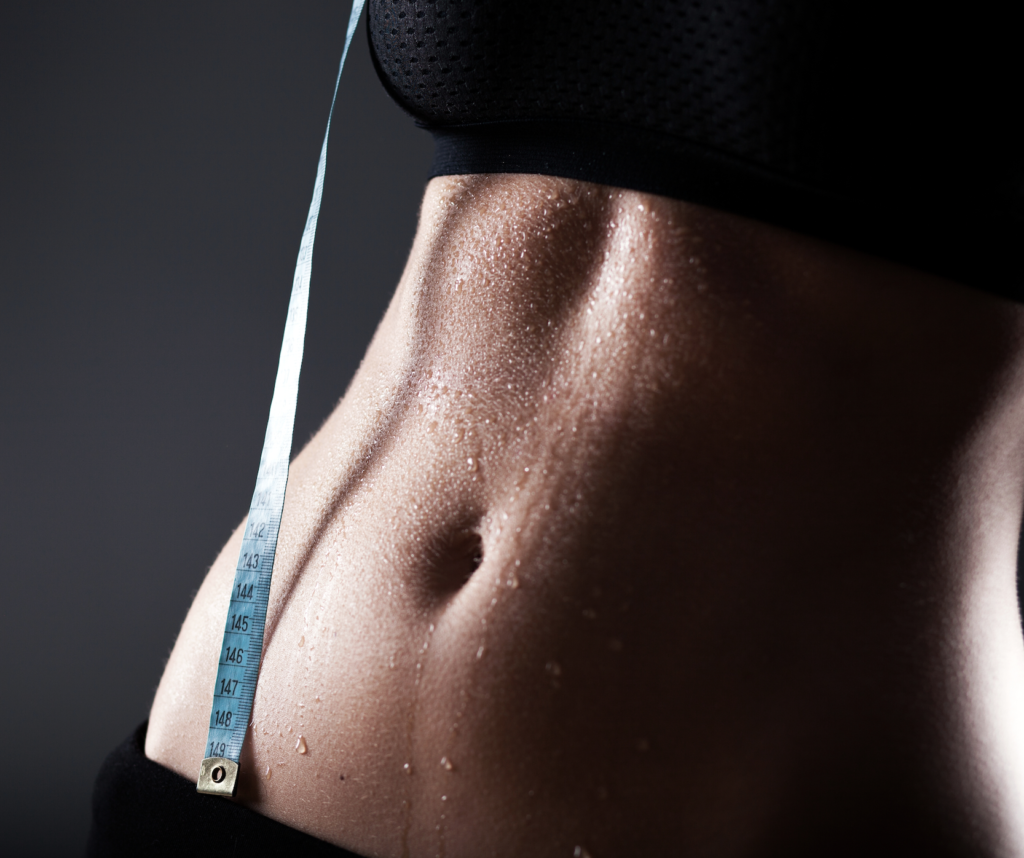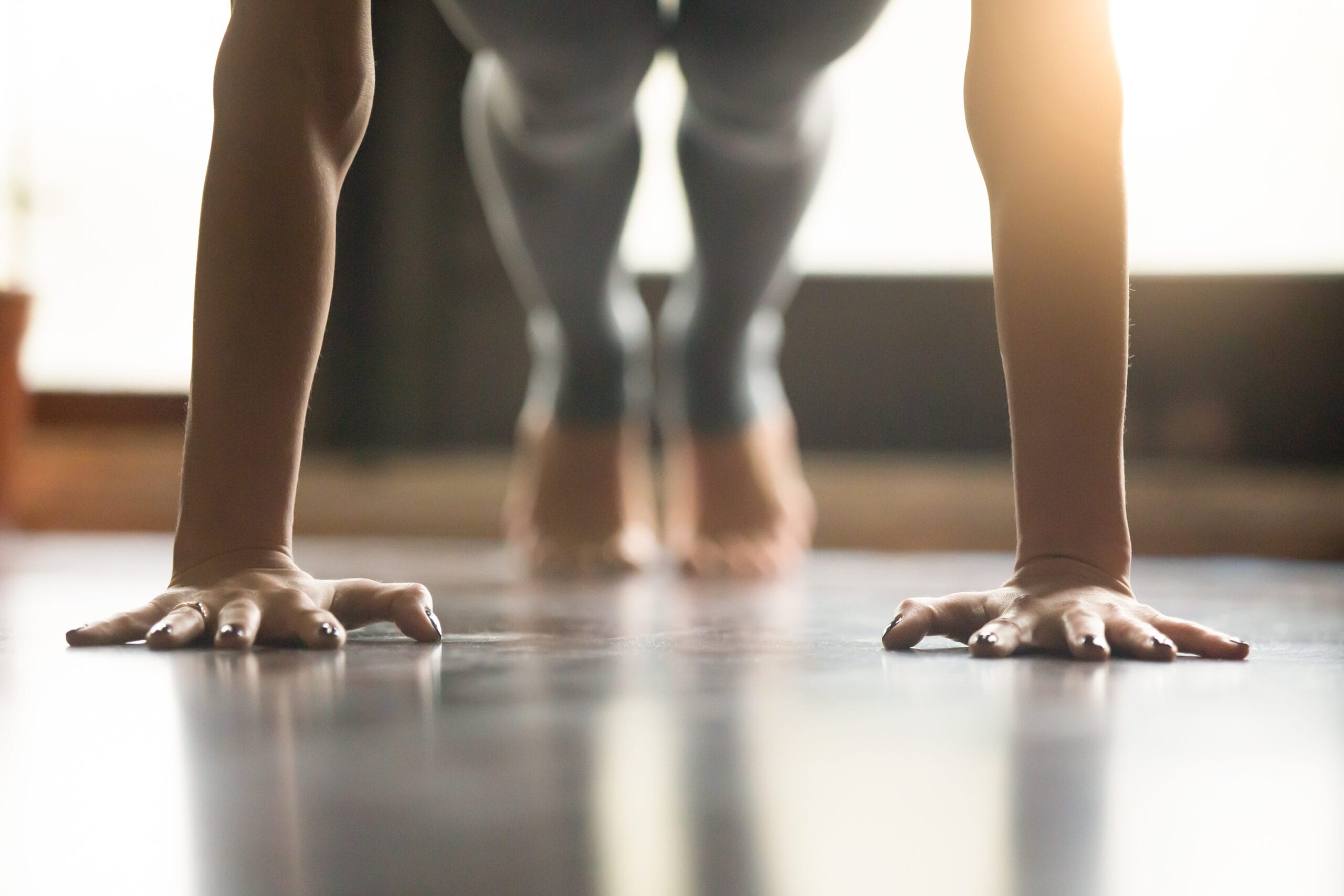
Cycling can be a great way to lose weight from home. The benefits of exercise bikes are numerous, but the two biggest may be the facts that they don’t take up much space and they can provide a low impact form of cardio exercise. As a seated exercise, it’s true you may not burn as many calories as you would on a treadmill, but that doesn’t mean you can’t still lose weight using one.
It all comes down to how you use it. Sure, anyone can hop on a bike and start pedaling, but using your bike effectively for weight loss is a whole different story.
These 5 tips will help get you on track and reach your weight loss goals using your own exercise bike.
#1 Choose The Right Bike
If you already own a bike, this one isn’t going to help, sorry. But if you’re searching for an exercise bike specifically for weight loss, choosing the right one can make a difference.
You can lose weight with any bike, it’s true. After all, you can burn calories on all of them. And that’s what losing weight really comes down to- finding a way to burn more calories than you’re taking in. Unfortunately, if you’ve ever tried to lose weight before, you know it’s a lot harder than it sounds.
Getting a bike that will help you burn as many calories as possible is key.
The 2 styles of bike most suitable for burning calories are spin bikes (indoor cycles) and air resistance bikes. Each have their strengths and weakness, but both are designed with intense workouts in minds.
Spin bikes are great for people who want a ride that closely resembles the feel of riding a road bike. These bikes are designed to offer a lot of resistance and stand up to being pedaled at high RPMs. Speaking of which, you can also stand up and ride on these bikes, just like when cycling up a hill.
Another great perk is that there are a ton of online spin classes you can get and follow through apps or through youtube.
Air resistance bikes (fan bikes) use fans to create your resistance. The biggest perks to these bikes are that you can use your arms to get a full body workout and that the resistance is unlimited. Yup, unlimited due to the fact that the harder you push, the more resistance you feel.
This is why CrossFit athletes and people doing HIIT routines have been drawn to them. With the high resistance levels that you can achieve, fan bikes are the perfect tool for all out interval training, one of the most efficient ways to burn calories.
#2 Warm Up and Cool Down
I know what you’re thinking, this is kind of a lame tip. Well, maybe it is, but it’s still true. The fact is, if you pull a hammy trying to go all out on an interval, you’re gonna be sidelined for a while, which is going to make it a lot harder to lose weight.
It’s important to warm up first regardless what type of workout you’re about to do on your bike, but it’s especially important for those HIIT style routines where you will be pedaling fast and working against higher resistances.
The warm up doesn’t need to take long, 3-5 minutes should be plenty to get you warm. Here’s an example of how you could structure your warm up:
- 60 sec cycle at low intensity, pedaling at 80-90 RPM
- Ramp up cadence to 100 RPM for 3 x 30 sec intervals
- Slow down cadence to 60-70 RPM and increase resistance to moderate level, do 3 x 30 sec intervals
- Recover with another 60 second, low intensity cycle at 80-90 RPM
There you have it, a 5 min warm up that will get the heart rate elevated, the blood pumping, and jump start your workout.
Nobody said your warm up had to be boring and there’s definitely nothing wrong with burning a few calories during that warm up!
The above example was designed with a spin bike in mind, but would work fine on any type of bike.
After your workout, don’t forget to cool down for a minute or two before jumping off the bike. Pedaling at a higher cadence and low resistance will help bring your heart rate back down and help you catch your breath.
I like to incorporate another minute or two of light stretching stretching once I get off the bike as well- make sure to stretch your quads, hamstrings, and adductors (inner thigh muscles) at least.
#3 Do Intervals
If you’re trying to lose weight, you really should be doing some interval work. Doesn’t have to be every day or every workout, but incorporating at least one or two interval workouts a week is a smart idea because they’ve been proven to be effective for weight loss, as well as a few other benefits.
Hight intensity interval training, or HIIT, has gotten a lot of attention in the last few years, but the idea has been around for some time. It basically boils down to doing short bursts of all out effort, followed by fairly short rest periods.
The result is your heart rate spending more time near your max than it would regularly during a more moderate aerobic workout. It turns out that when you do this repetitively, your heart isn’t able to keep up with the short term oxygen demand of your muscles. When this happens, a bunch of different changes occur at the cellular level, leading to the following benefits:
- Improved blood sugar levels
- Improved cardiovascular health
- Increased fat metabolism
- Weight loss
- Increased growth hormone production
You can also burn a lot of calories in a short period of time- one of the key goals when trying to lose weight.
Intervals can be incorporated into your biking routine pretty easily. Depending on your fitness level, after you warm up you could simply increase your resistance and pedal as hard as you can for 30 sec and then recover at a low intensity for 60 sec. Repeat this interval schedule for as long as you want your workout to be, which could be as short as 10 min and as long as 45 min.
You could also do 60 sec on, 60 sec off if you want a 1:1 interval to recovery ratio.
There’s also Tabata’s. With Tabata intervals, you are working at a 2:1 ratio- meaning your recovery is half as long as your interval. The traditional Tabata workout is 20 seconds of all out work followed by 10 seconds of rest, repeated for 4 minutes. This is a great way to increase the intensity of any cycling workout.
And if it sounds easy, try it.
#4 Change Up Your Routine
This tip ties in with the interval suggestion above, but it’s important to keep your biking routine fresh. Doing the same workouts for the same lengths day in and day out is going to get really boring and your body is also going to adapt to the point where you aren’t getting the results you may want.
Our bodies are really smart and they learn to adapt to the stresses we put them under. That’s why when we first start working out we get really sore, but after a week or two the soreness goes away. Our muscles adapt and get stronger. In order to keep our bodies adapting, we need to keep changing our workouts.
I suggest you play with the length of your bike workouts as well as the type of workout you’re doing. You don’t have to do a 30 min workout every time. Switch it up- do a 20 min HIIT workout one day and a 45 min moderate intensity ride the next.
If you are doing intense interval workouts, don’t do them everyday- if you’re exercising as hard as you should be during those intervals, your legs will need some time to recover. Beginners shouldn’t be doing any more than 2-3 HIIT workouts a week. With experience, you may be able to increase your frequency.
#5 Use A Heart Rate Monitor
If you’re doing HIIT workouts, a heart rate monitor will help you ensure you’re getting your heart rate to the point it needs to be to gain the most benefits. Research suggest that your heart rate needs to get up to at least 80% of its max value during these intervals to achieve all the biological changes mentioned above.
To get an estimate of your max heart rate, take your age and subtract it from 220. That value is your theoretical max heart rate. Multiply that number by “0.8” and you know how high your heart should get during your intervals.
For example- I’m 36, so:
220 – 36 = 184 (estimated max heart rate)
184 x 0.8 = 147 (80% of heart rate max)
That means I need to get my heart rate up to at least 147 during the interval section of my HIIT workouts. I could estimate my effort based on my fatigue, but a heart rate monitor gives me a much more exact measurement of my effort.
If you aren’t used to interval training, something you’ll notice is that getting your heart rate this high takes a lot of effort and it isn’t particularly comfortable. That’s why the intervals are short, it would be impossible to sustain this intensity over long periods.
Some exercise bikes have built-in grip heart rate monitors. I can tell you from experience these aren’t particularly reliable. They also take forever to register your heart rate- by the time they calculate your rate, the interval is probably over.
A chest strap monitor is the most accurate and if you have a bike that is compatible, it’s really convenient to monitor your heart rate on the display of your bike.
Bonus Tips
The above tips should help you start losing weight with your exercise bike. Here are a few bonus pointers to help with your weight loss journey, regardless of what type of cardio you’re doing:
- Do some type of resistance training as well- building muscle burns calories and increases your metabolism
- Decrease your calorie intake- try cutting out a few hundred calories a day, combined with exercise you will start losing weight faster
- Drink a lot of water- this will help keep you feeling full longer as well as keep your digestive tract happy
- Don’t eat anything after 7 pm- this cuts out late night snacking and gives your body a chance to digest dinner before you go to sleep
- Eat more fiber- fiber makes you feel full and doesn’t pack many calories- fruits, vegetables, and whole grains are a great source


